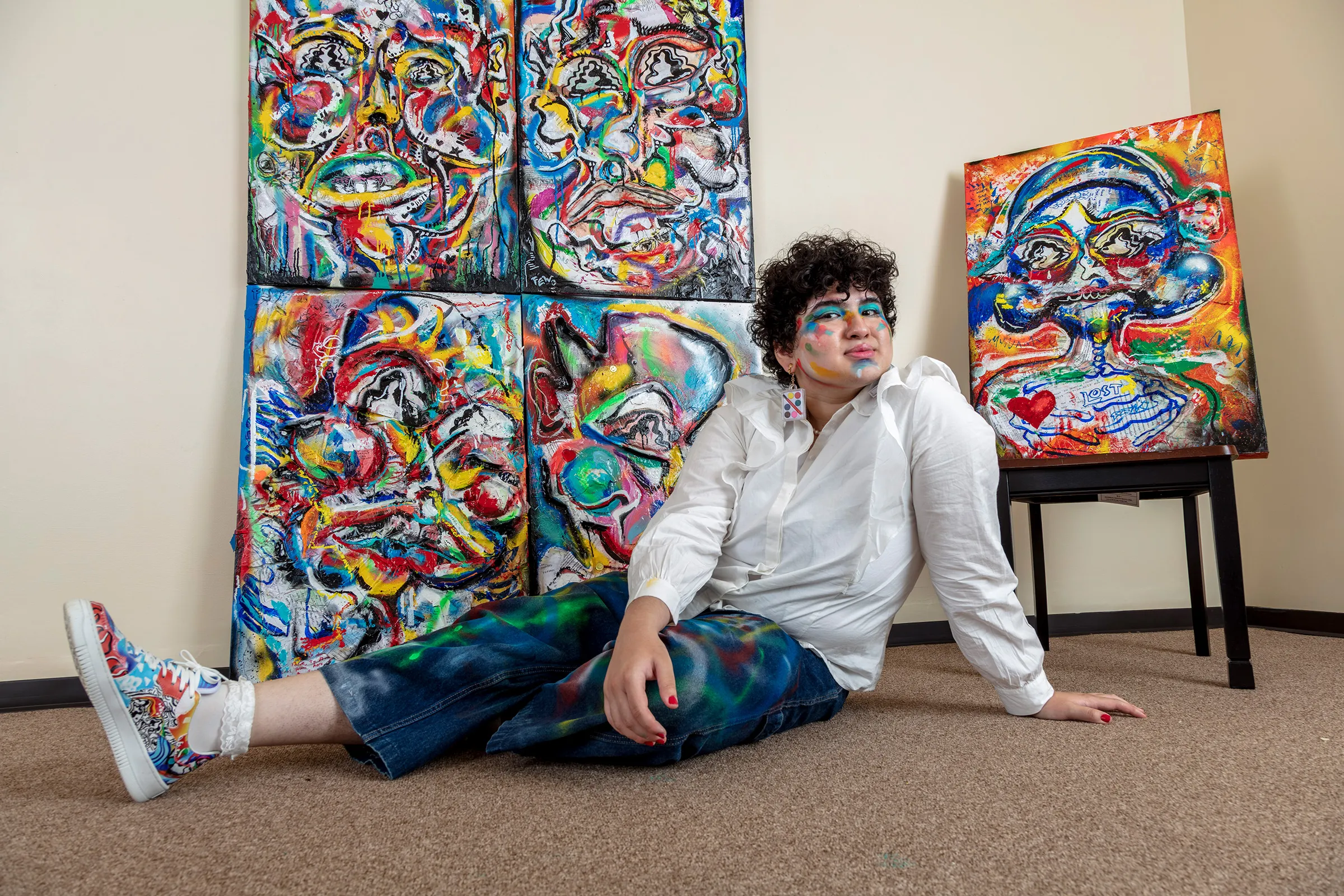The art market has been transformed by the emergence of top-tier NFTs, which are high-profile, widely recognized digital assets. Additionally, the concepts of ownership, creativity, and value are being reshaped. The manner in which art is created, purchased, sold, and experienced is being transformed by these digital tokens, which are protected by blockchain technology. However, what are the implications of the emergence of elite NFTs for the future of art and ownership, beyond the hype and headlines?
Let us investigate the significant influence these digital pioneers are having and the opportunities that lie ahead.
Redefining Art in the Digital Era
In the past, traditional art has been associated with physical media, such as paintings, sculptures, and engravings, which are appreciated for their rarity and the artist’s skill. Blockchain verification enables NFTs to provide **unique digital artworks that are impossible to copy or forge**, thereby breaking the paradigm.
Top NFTs challenge preconceived notions of what constitutes art by integrating multimedia, interactivity, and programmability. Artists are now able to produce dynamic pieces that respond to owners, integrate community input, or evolve, thereby forging new creative frontiers.
Fostering the Empowerment of Creators and Artists
The **empowerment of artists** is one of the most significant impacts of NFTs. Creators can sell directly to collectors without intermediaries, retain royalties on secondary sales, and instantaneously reach global audiences by tokenizing their work.
The most successful NFT projects have demonstrated that artists no longer require galleries or auction houses to attain financial success and recognition. This democratization encourages innovation and broadens the range of perspectives in the art world.
A Transformation of Provenance and Ownership
**Immutable provenance** is provided by the transparent recording of ownership of NFTs on blockchains. This implies that purchasers can effortlessly verify the authenticity and trace the history of a piece, thereby resolving a persistent challenge in the conventional art market.
Additionally, ownership becomes more adaptable. New methods of investing in and experiencing art are made possible by the fractionalization, sharing, or bundling of NFTs. This change is broadening the definition of ownership from exclusive possession to collaborative participation.
Building a Stronger Community and Culture
Vibrant communities are frequently associated with the most prominent NFTs. Art collecting is transformed into a **social and cultural experience** as a result of ownership, which provides access to exclusive spaces, events, and collaborations.
These communities are responsible for the value and relevance of NFTs, as they facilitate connections among artists, collectors, and admirers. This phenomenon has a cultural impact that is not limited to art; it also affects fashion, music, gaming, and more.
The Dissolution of the Lines Between the Physical and Virtual Worlds
The gap between **digital and corporeal ownership** is being bridged by NFTs. Some artists provide physical counterparts to their digital works, while others create hybrid experiences that enable real-world benefits through NFTs.
NFTs will be instrumental in the establishment of ownership and identity in both physical and digital environments as virtual and augmented reality technologies continue to develop.
Opportunities and Obstacles Ahead
Regulatory uncertainty, market conjecture, and environmental concerns are among the obstacles that NFTs encounter, despite their potential. Nevertheless, these concerns are being addressed by the increasing adoption of more sustainable blockchain technologies and the maturation of market practices.
The immense opportunities for art, ownership, and beyond are suggested by the ongoing innovation surrounding NFTs.
Conclusion: The Dawn of a New Era for Art and Ownership
Top NFTs serve as catalysts for a paradigm shift. By redefining the form of art, empowering creators, transforming ownership models, and establishing communities, they have paved the way for a future in which creativity and value are decentralized, accessible, and profoundly interconnected.
Artists, collectors, and enthusiasts are all invited to contribute to the future of art and the concept of true ownership as this digital revolution progresses.
**What is your assessment of the potential impact of NFTs on art and proprietorship in the years ahead? Have you yet adopted digital art or NFTs? Please share your thoughts and experiences in the comments section below. **

Leave a Reply